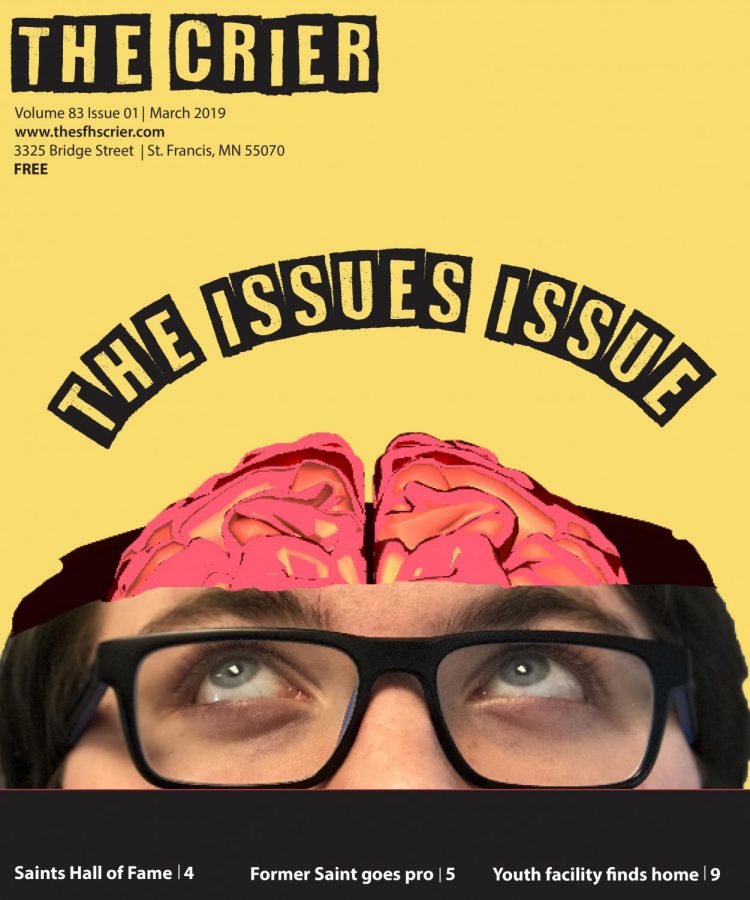Dissociative Identity Disorder
Recently, dissociative identity disorder (DID) has found its way back into discussion with the release of M. Knight Shyamalan’s 2016 film Split and the 2019 release of the sequel Glass. These films are one part psychological horror thrillers and one part comic book and follow Kevin Wendell Crumb (played by James McAvoy) and his 23 personalities known as The Horde.
However, in a recent interview on MedCircle, Encina Severa details her own experience of living with DID and 11 different personalities. This three part interview shows that DID is a reality and not something to be thought of as entertainment.
MedCircle is a private digital platform focused on helping people who live with mental illness become highly educated so they can take control of their own mental health.
DID is explained in this way. Think of your body as a car; you are in the front seat driving your body. Imagine someone took you out of the front seat and put you in the backseat. Now they are driving and you can fight for control but won’t always win.
This is a form of being co-conscious; you can see and hear what is happening but you do not have control. If someone put a bag over your head and put you in the back seat, you would not be able to see what’s happening but you could hear; this is another form of being co-conscious. Another type of amnesia that happens to the body is like when someone places you in the trunk, you cannot see or hear, you know the car is moving but you do not know where it is going.
DID is a chronic post-traumatic disorder where developmentally stressful events in childhood, including abuse, emotional neglect, disturbed attachment, and boundary violations are central and typical etiological factors according to a study by Mahr & Csibra published in the Jan 22, 2018 of Behavioral and Brain Sciences.
As Severa explains, the trauma creates alters (or alternate personalites) These alters are what the child knows will protect them.
“It’s estimated that 2% of people experience dissociative disorders, with women being more likely than men to be diagnosed,” according to NAMI.
Dissociative Identity Disorder is a very complex and rare disorder as the result of childhood trauma. Studies of DID are very limited along with treatment options, however there are three types of dissociative disorders defined in the Diagnostic and Statistical Manual of Mental Disorders (DSM): Dissociative Amnesia. Depersonalization disorder.
Education is necessary in order to raise awareness and to inform people about this disorder. More information about this, and other mental health issues can be found at medcircle.com.




